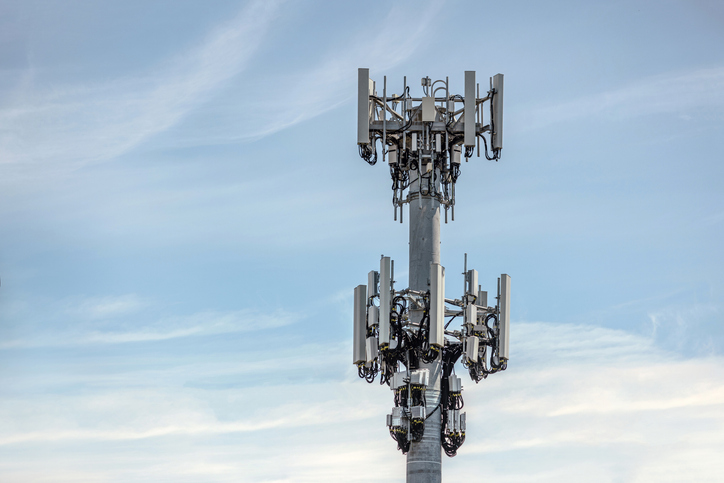If you have an emergency in your facility and can’t call anyone, you have a big problem. Charles Schulz, director of public safety and in-building distributed antenna systems (DAS) at Alliance Corporation, addressed this issue and potential solutions during Facilities Management Advisor’s virtual session “Improving Cellular and Public Safety Radio Signals in Buildings” on May 2.

Alliance Corporation, a full-service distributor in the wireless segment, sponsored the webinar.
What’s the Problem?
“What happens if you go to call for help and your phone doesn’t work? Not a very comforting feeling, and it puts lives at risk, including possibly the caller,” Schulz said.
The Safer Buildings Coalition, an advocacy group that aims to solve in-building wireless “dead zones,” has three pillars of in-building communications:
1. Mobile 911 Calls Must Get Out with Location Accuracy
Our increasing dependence on cellphones and fewer pay phones in public places have resulted in 80% of 911 calls being from a cellphone.
2. Mobile Mass Notifications Must Get In
There has been an increase in the use of cellphone mass notifications to inform people in facilities to shelter in place, especially in campus settings in hospitals and schools.
3. First Responder Communications Must Work
As mass shooting events increase, law enforcement, emergency medical services (EMS), and fire departments depend more heavily on the ability to communicate with each other within buildings so they can help save lives.
What Causes the Problem?
Many outside factors can cause cellular signals and public safety frequencies to be blocked, including terrain, leafy trees, and weather conditions.
However, facilities professionals should be aware that building construction materials also play a key role in blocking signals.
“You may have a good signal outside but by the time it gets to your building, you have nothing left inside,” Schulz noted.
According to the presentation’s slideshow, materials that reduce cellular signals and public safety frequencies the most include masonry block, concrete, reinforced concrete, and Low E Glass, a U.S. Green Building Council (USGBC) Leadership in Energy and Environmental Design (LEED)-certified glass.
What’s the Solution?
According to Schulz, facilities managers who are looking to improve cellular signals and public safety frequencies should consider a DAS solution that can be customized based on the facility’s type and square footage size.
Consider the following categories:
- Tier 1—more than 500,000 square feet (sq ft): large venues like airports, stadiums, and urban centers
- Tier 2—100,000 sq ft to 500,000 sq ft: bigger midsize venues like commercial enterprises, residential towers, and educational campuses
- Tier 3—25,000 sq ft to 100,000 sq ft: smaller midsize venues like business parks, hospitals, hotels, and retail
- Tier 4—less than 25,000 sq ft: small venues like convenience stores and small offices/home offices (SOHOs)
Off-Air vs. Small-Cell
When facilities managers and their employers are attempting to enhance their cellular and public safety communications, based on their facility’s needs, they should decide whether to use an off-air solution or a small-cell solution.
- Off-air: This gets the signal off the air from a donor antenna outside the facility, which can be redistributed inside the building. It’s a great solution for smaller facilities, with typical installation being completed in under 30 days, and is a Federal Communications Commission (FCC) “Part 20” solution.
- Small-cell: This provides dedicated signal source capacity and is a great solution for midsize facilities. Its size and price can vary based on the number of simultaneous users. Typical installation ranges from 9 months to 18 months, and it’s an FCC “Part 90” solution.
Learn More
Schulz also discussed the basic elements and specifics of public safety vs. cellular DAS and Wi-Fi calling vs. cellular calling. Details on the Emergency Responder Communications Enhancement Systems (ERCES) were also provided. To get all this information and more, watch the full webinar by clicking here.
